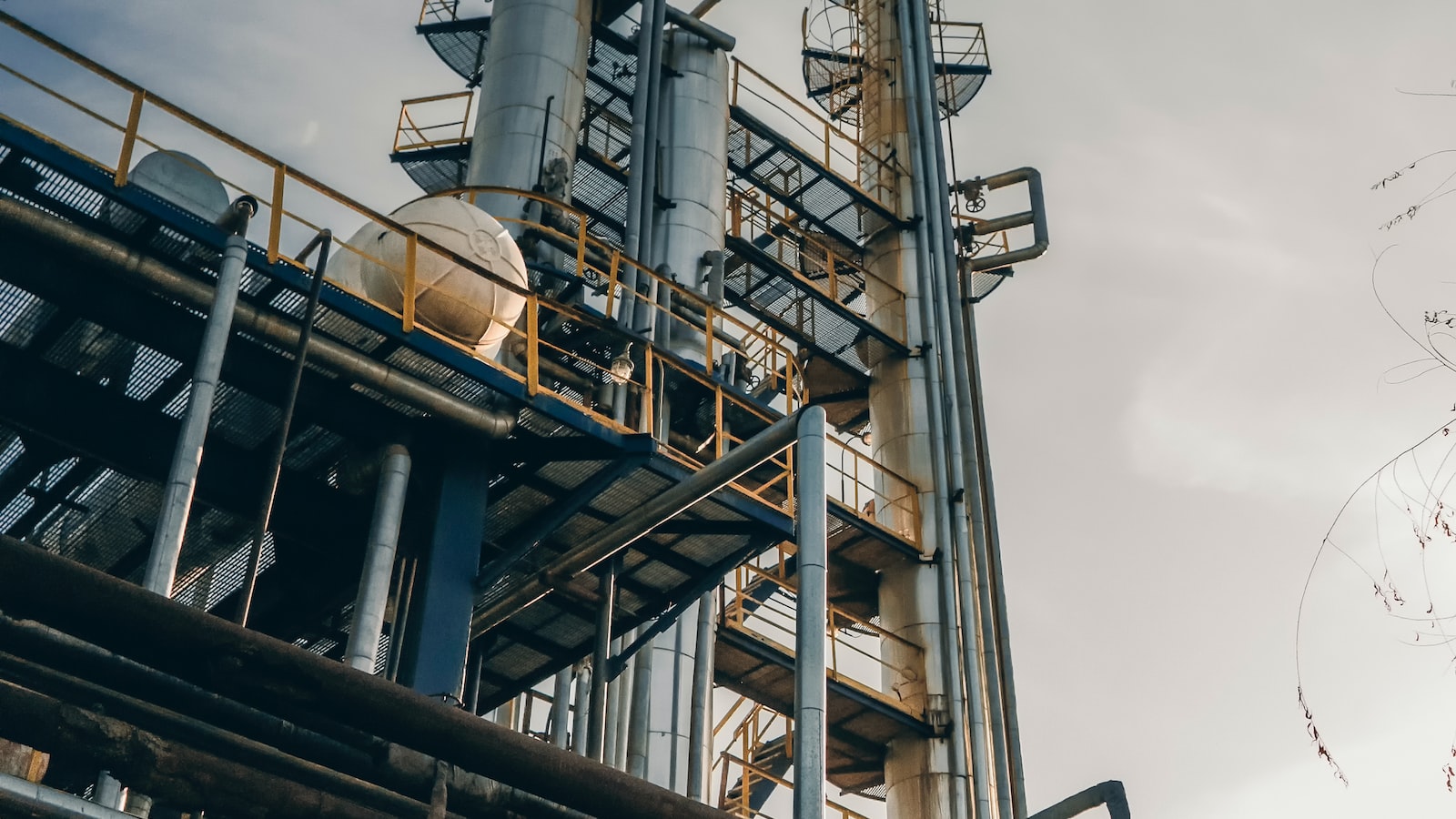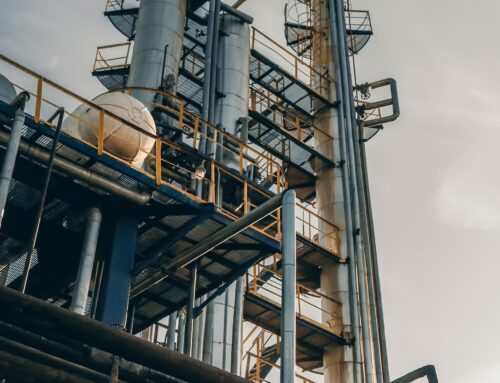
Textile production has historically been associated with significant environmental impact, primarily due to the use of petrochemicals and energy-intensive manufacturing processes. However, recent developments in the industry have shown promising innovations that aim to make textile production more sustainable and eco-friendly.
Petrochemical Innovations
Petrochemical-based materials, such as polyester and nylon, have long been popular in the textile industry due to their durability and versatility. However, their production typically involves the extraction of fossil fuels and the release of harmful pollutants. To address this, petrochemical companies are investing in research and development to create sustainable alternatives.
One such innovation is the development of bio-based polymers. These polymers are derived from renewable sources such as corn, sugarcane, or algae. The production of bio-based polymers significantly reduces carbon emissions and decreases the industry’s reliance on fossil fuels.

Improvements in Waste Management
The textile industry is notorious for generating massive amounts of waste. However, petrochemical innovations have also sparked advancements in waste management.
For instance, recycling technologies have improved significantly, allowing textile manufacturers to reprocess and reuse materials such as polyester and nylon. This reduces the need for virgin petrochemicals, minimizing resource consumption and waste generation. Additionally, circular economy models promote the incorporation of recycled materials into new textile products, further reducing the industry’s ecological footprint.
“By embracing petrochemical innovations and adopting sustainable practices, textile manufacturers can pave the way for a more environmentally friendly future.”
– Jane Wilson, Founder of SustainableTextiles.com
Energy Efficiency and Conservation
Energy consumption is a critical aspect of textile production. However, researchers and engineers are constantly devising ways to improve energy efficiency and conservation.
For example, innovative petrochemical processes now utilize advanced equipment and technologies to reduce energy waste. Additionally, the industry is adopting renewable energy sources, such as solar and wind power, to meet its electricity needs. Through these measures, the carbon footprint of textile production can be significantly reduced.
Collaborative Efforts for Sustainable Future
To achieve a more sustainable textile industry, collaboration among different stakeholders is crucial.
Manufacturers, petrochemical companies, policymakers, and consumers must work together to promote and adopt sustainable practices. This includes investing in research and development, implementing stricter regulations, supporting eco-certifications, and educating consumers about sustainable choices.

By embracing petrochemical innovations and adopting sustainable practices, textile manufacturers can pave the way for a more environmentally friendly future. Sustainable textile production not only reduces the industry’s ecological impact but also provides consumers with ethically produced and high-quality products.
Together, let us drive the much-needed change towards a truly sustainable textile industry.





